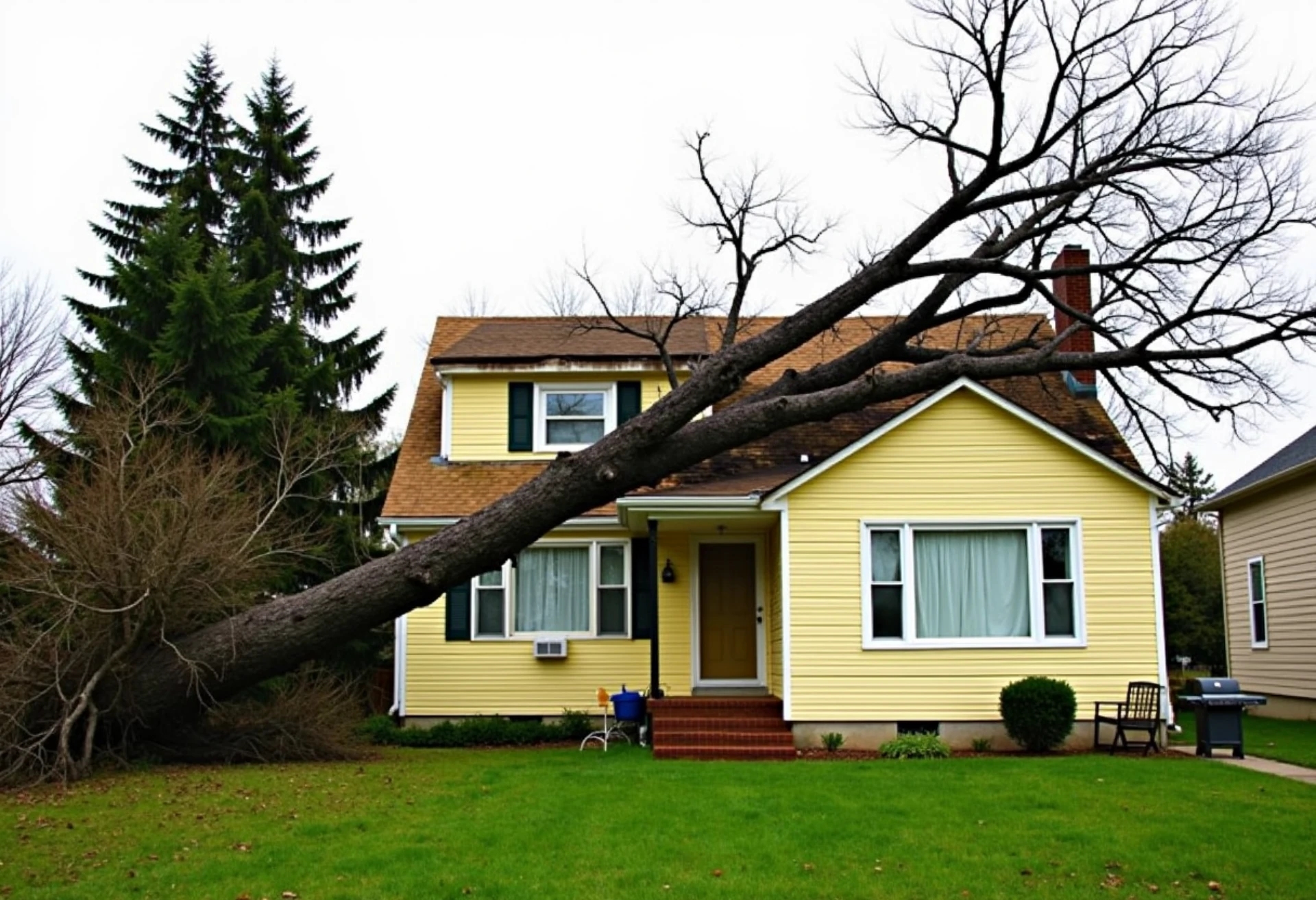
East Coast vs. West Coast Tree Removal: Understanding Regional Differences
Tree removal presents unique challenges depending on where you live in the United States. The environmental conditions, native species, and regulatory approaches vary significantly between the East and West Coasts. Understanding these differences helps property owners make informed decisions about their tree care needs.
Climate Considerations: Atlantic vs. Pacific Influence
East Coast Challenges
The East Coast, particularly regions like Long Island, faces distinct weather patterns dominated by nor’easters and Atlantic hurricanes. These powerful storms bring high winds and heavy precipitation that can severely damage trees. The combination of saturated soil and strong gusts often leads to uprooting, even among otherwise healthy specimens.
Eastern tree removal frequently happens reactively after storm damage. The humid summers and cold winters also create ideal conditions for certain fungi and pests that can compromise tree stability from within, necessitating removal for safety reasons.
West Coast Variables
By contrast, the West Coast contends with different environmental stressors. Drought conditions throughout California, Oregon, and Washington create fire hazards that make tree removal a preventative measure rather than just a response to damage. Properties in wildland-urban interfaces often require strategic tree removal to create defensible space against wildfires.
In the Pacific Northwest, professionals specialize in removal services that account for the unique combination of rainfall, growth rates, and soil conditions. The region’s volcanic soil composition differs markedly from the glacial till common throughout the Northeast.
Species Diversity and Growth Patterns
East Coast Species Concerns
The East Coast features many deciduous hardwoods like oaks, maples, and elms. These species generally grow with broader canopies and develop extensive surface root systems. Removal requires careful consideration of how these root systems interact with nearby structures and underground utilities.
Mature trees in established East Coast neighborhoods often have grown alongside development, creating complex removal scenarios where trees may be partially integrated with built environments.
West Coast Species Characteristics
Western regions contend with entirely different native species. Coastal redwoods, Douglas firs, and various pines present removal challenges due to their exceptional height and straight growth patterns. These conifers typically develop deeper, more vertical root systems than their eastern counterparts.
The West Coast also faces unique challenges with invasive species like eucalyptus, which were introduced from Australia and now require specialized removal techniques due to their rapid growth, brittle wood, and fire hazard potential.
Regulatory Environments
East Coast Permitting Processes
Eastern municipalities typically have well-established tree ordinances that have evolved over many decades of urban development. Permits often focus on protecting specific historic or specimen trees with fewer blanket protections for trees of certain sizes or species.
Townships and counties throughout the East maintain detailed inventories of significant trees, and removal permits may require substantial documentation and replacement planning.
West Coast Approaches
Western regulations tend toward broader ecosystem protection, with many areas implementing diameter-based protection regardless of species. Cities like Portland, Seattle, and San Francisco have pioneered progressive tree protection ordinances that consider canopy percentage and ecosystem services.
The strong environmental consciousness throughout the West Coast has led to stricter regulations around removal timing, particularly regarding nesting seasons for protected bird species.
Technical Approaches to Removal
East Coast Methods
The denser urban environments of the East Coast often necessitate technical rigging and sectional dismantling of trees. Limited access and proximity to structures mean that trees rarely can be felled whole. Specialized equipment like compact cranes and spider lifts have become essential for work in confined spaces.
Ground conditions, particularly in coastal areas with high water tables, may limit equipment access during wet seasons, making timing a critical factor in eastern tree removal projects.
West Coast Innovations
Western arborists often work with different constraints and opportunities. In less densely developed areas, whole-tree removal may be possible more frequently. However, the extreme heights of some western species create vertical challenges rather than horizontal ones.
The West Coast has pioneered many helicopter-assisted removal techniques for remote areas, particularly for hazard trees near power infrastructure in mountainous terrain. These approaches minimize ground disturbance in sensitive ecosystems.
Choosing the Right Professional
Regardless of coastal location, working with certified arborists familiar with local conditions remains essential. On the East Coast, look for professionals with storm response experience and knowledge of regional pests and diseases.
On the West Coast, especially in areas like Langley, specialists such as Ruby Tree Care bring valuable expertise in Langley Tree Removal techniques tailored to western species and conditions. Their understanding of local soil composition, growth patterns, and regulatory requirements ensures safe, compliant tree removal.
Sustainability Considerations
East Coast Approaches
Eastern sustainability practices often focus on wood utilization, with growing markets for salvaged urban timber. Many removal companies now partner with local woodworkers and mills to repurpose removed trees into furniture and building materials rather than processing them into mulch.
The dense population centers of the East also create opportunities for more efficient debris processing and distribution networks for recycled wood products.
West Coast Innovations
The West Coast leads in developing carbon-conscious removal practices. Many western arborists calculate the carbon impact of removal operations and implement offset programs. The region has also pioneered techniques for habitat creation using portions of removed trees, transforming potential waste into valuable wildlife resources.
In areas prone to wildfire, responsible removal includes careful management of resulting biomass to avoid creating additional fuel loads in vulnerable landscapes.
Conclusion
Whether facing the nor’easters of Long Island or the drought conditions of the Pacific states, property owners benefit from understanding the regional factors that influence tree removal practices. By working with experienced professionals, you can ensure that necessary removals proceed safely while respecting both the natural environment and local regulations.
Remember that tree removal should always be the last resort after considering preservation options. When removal becomes necessary, choosing region-appropriate methods and qualified professionals makes all the difference in project outcomes and property safety.